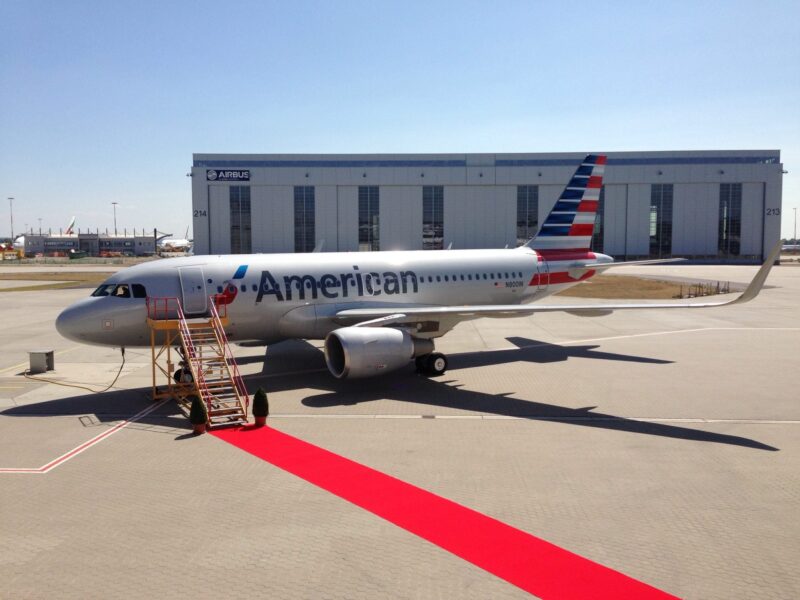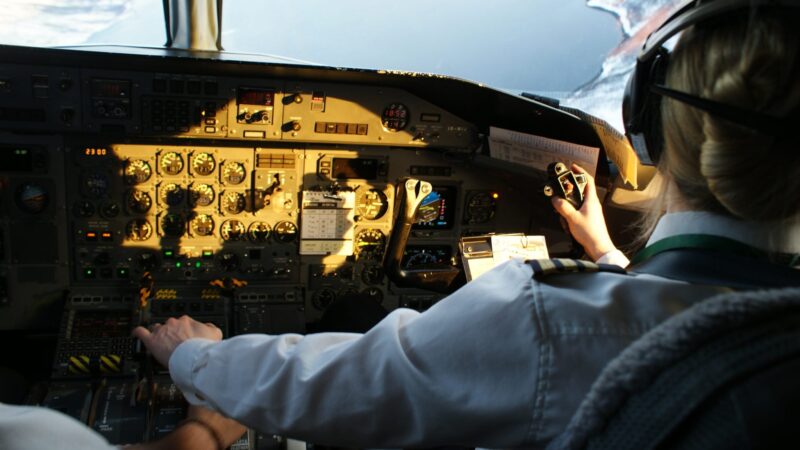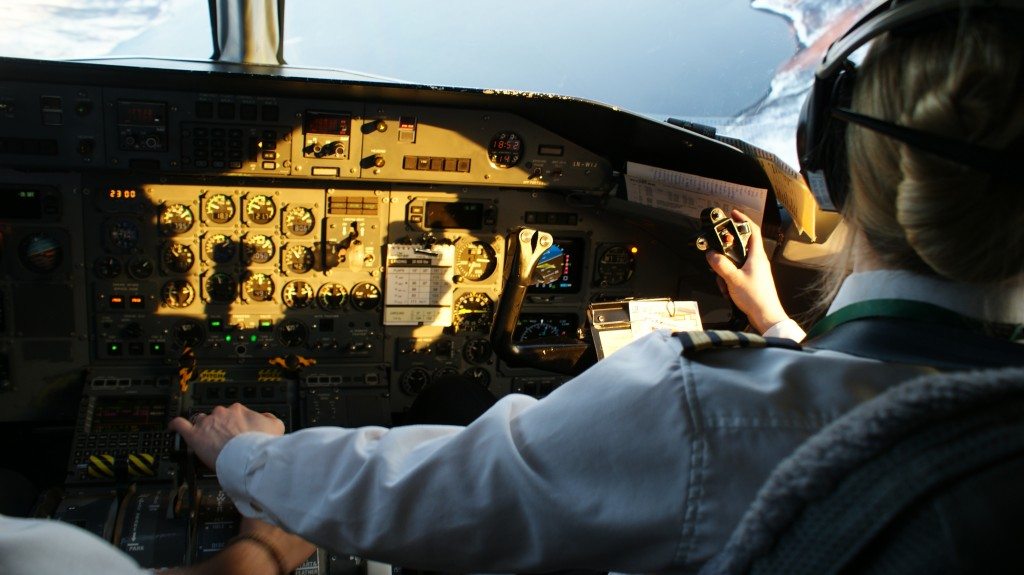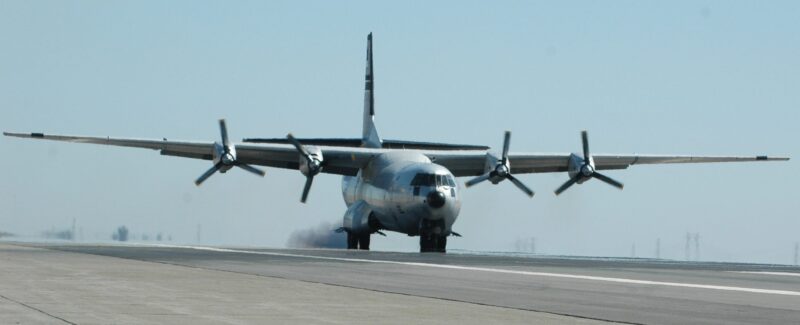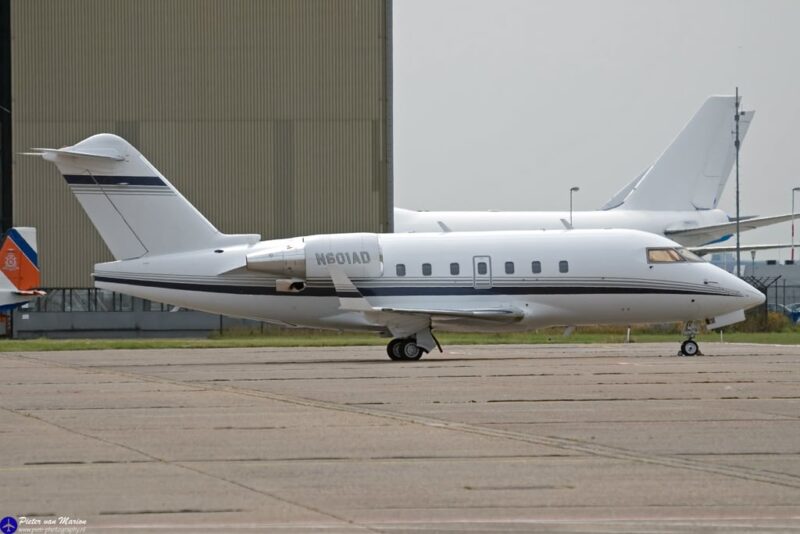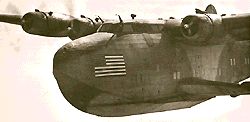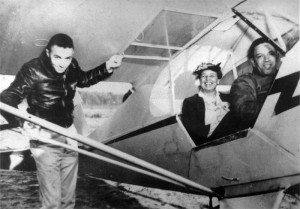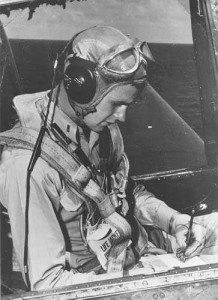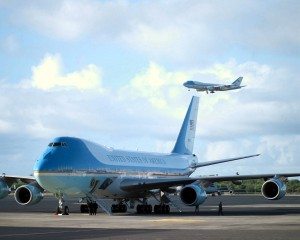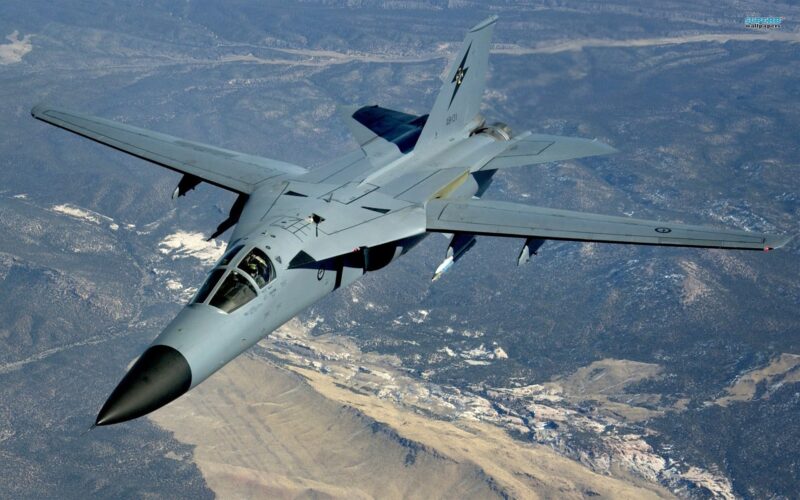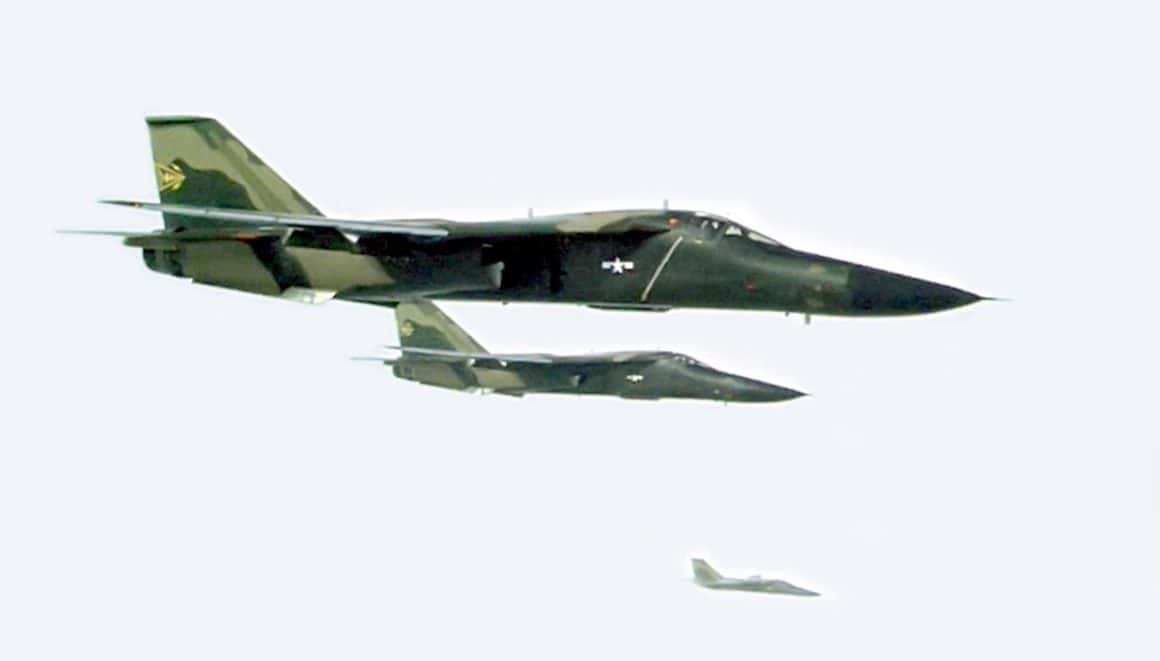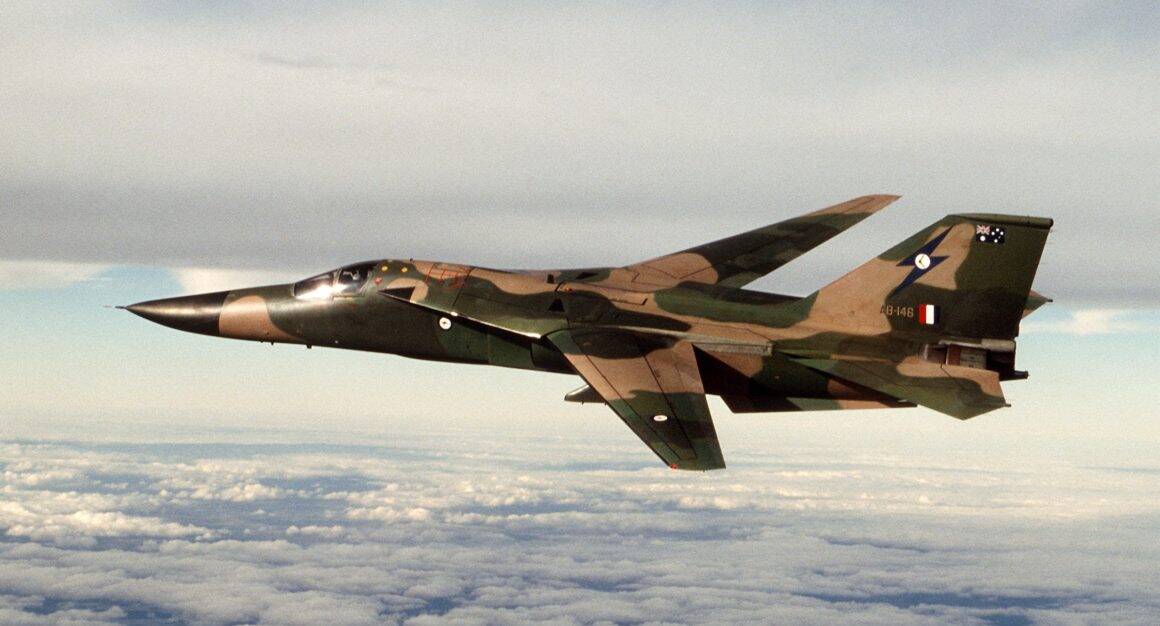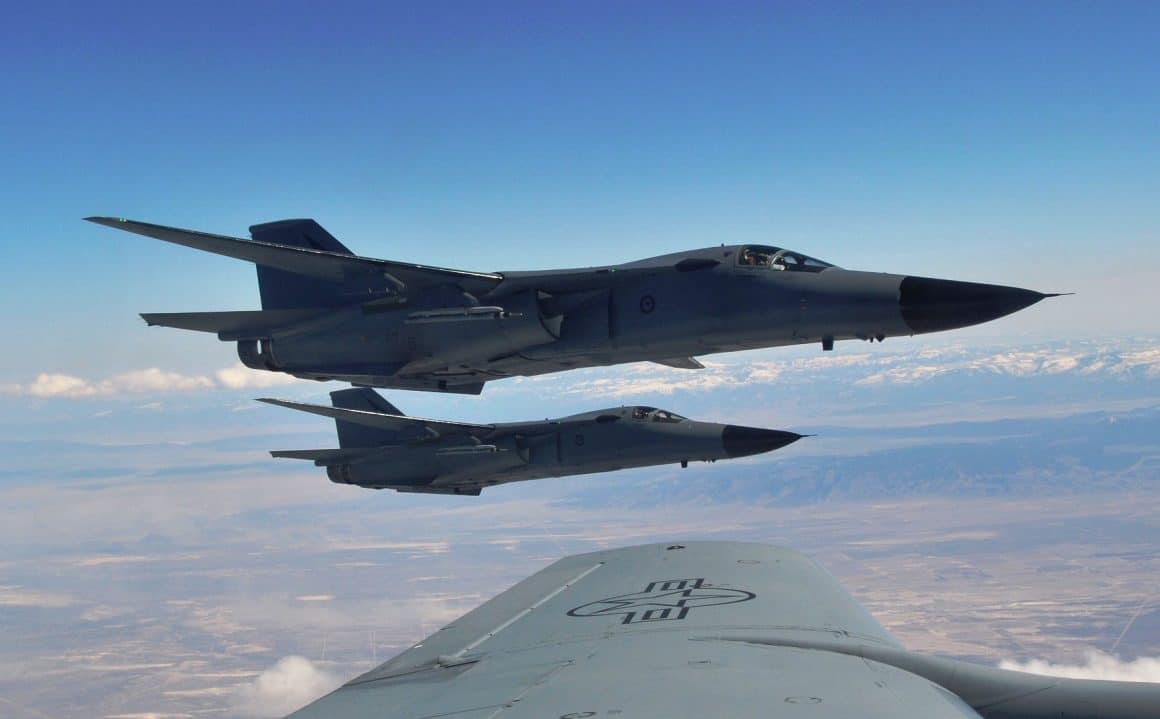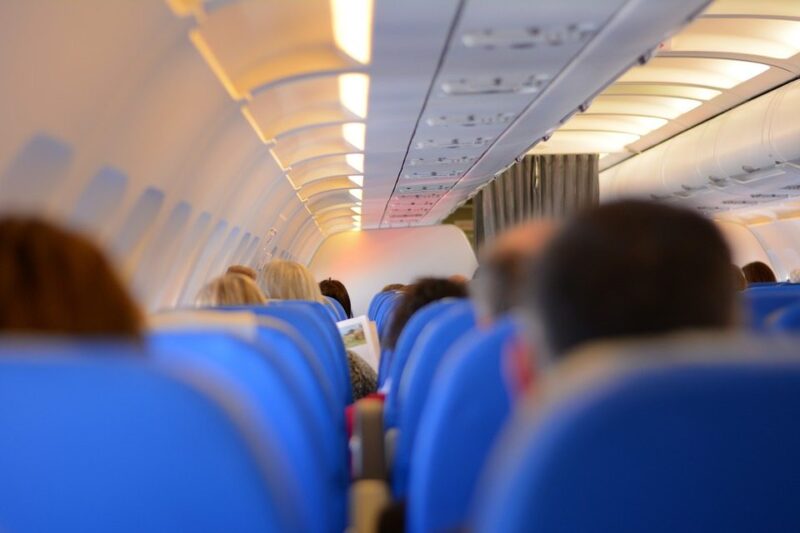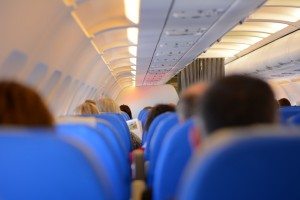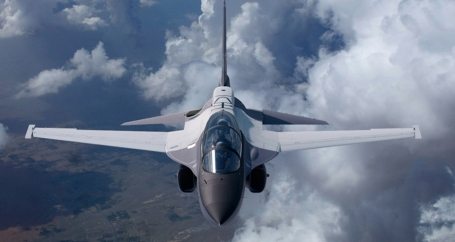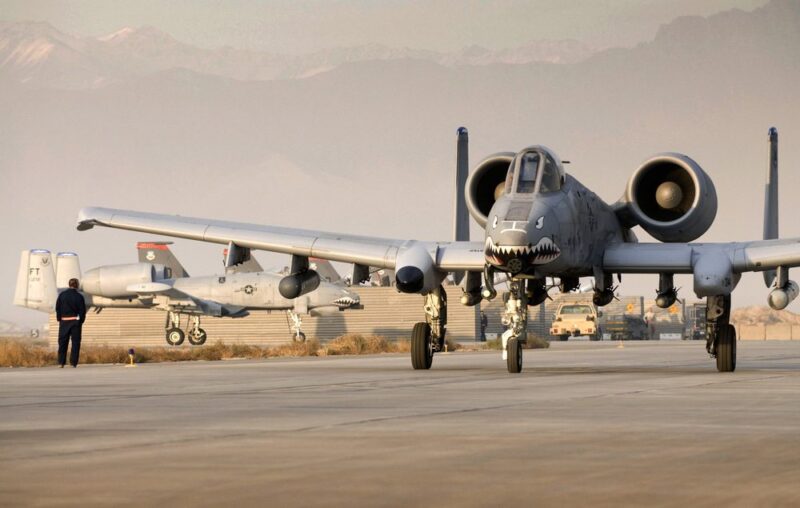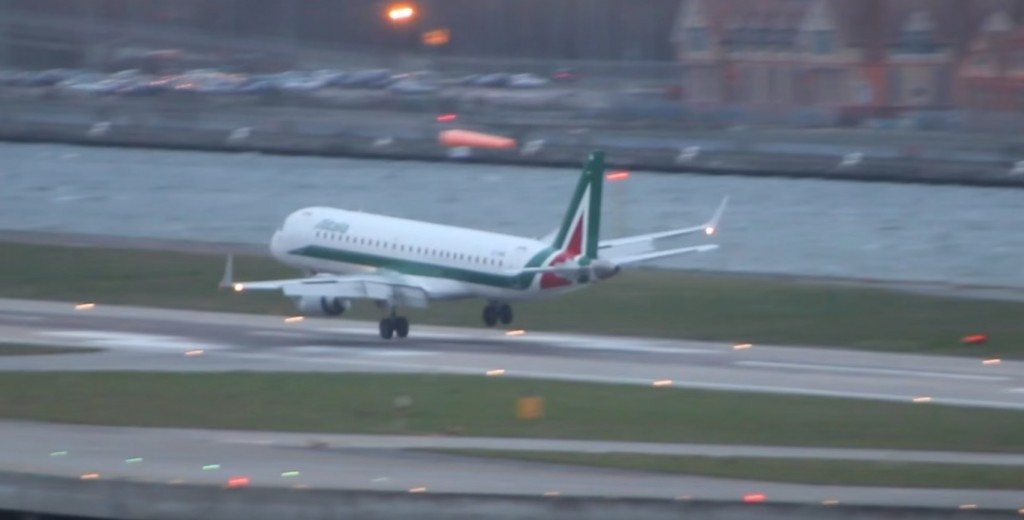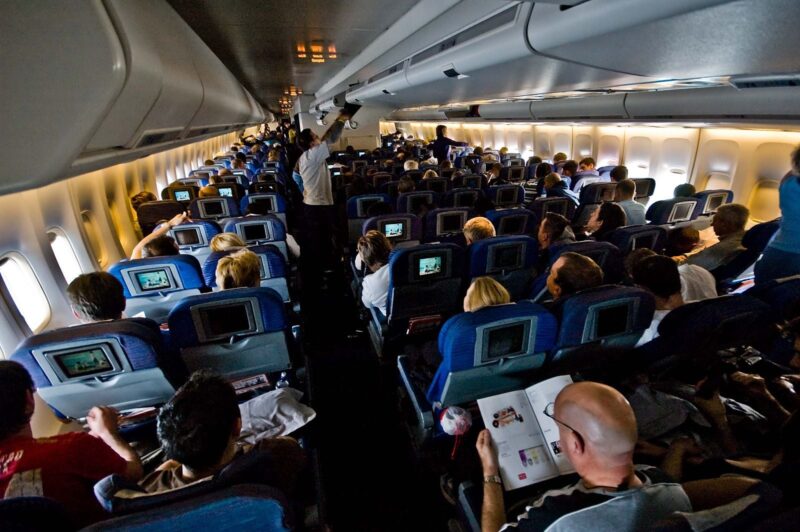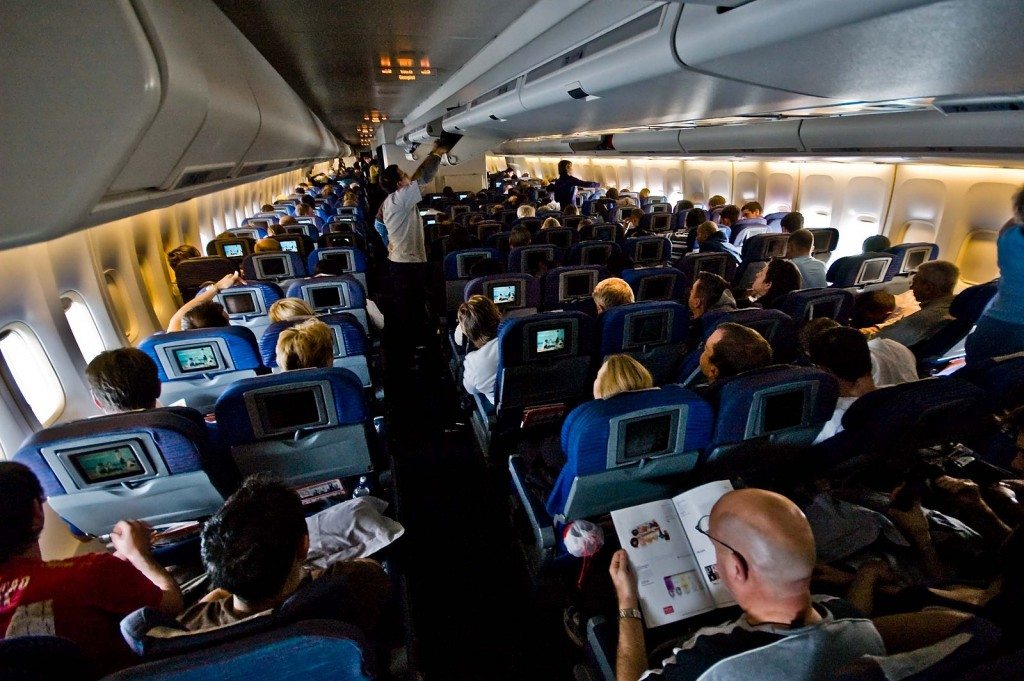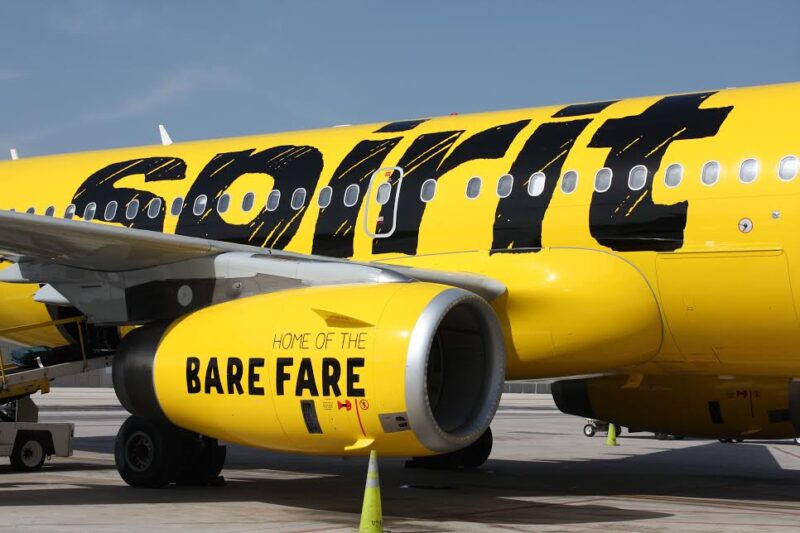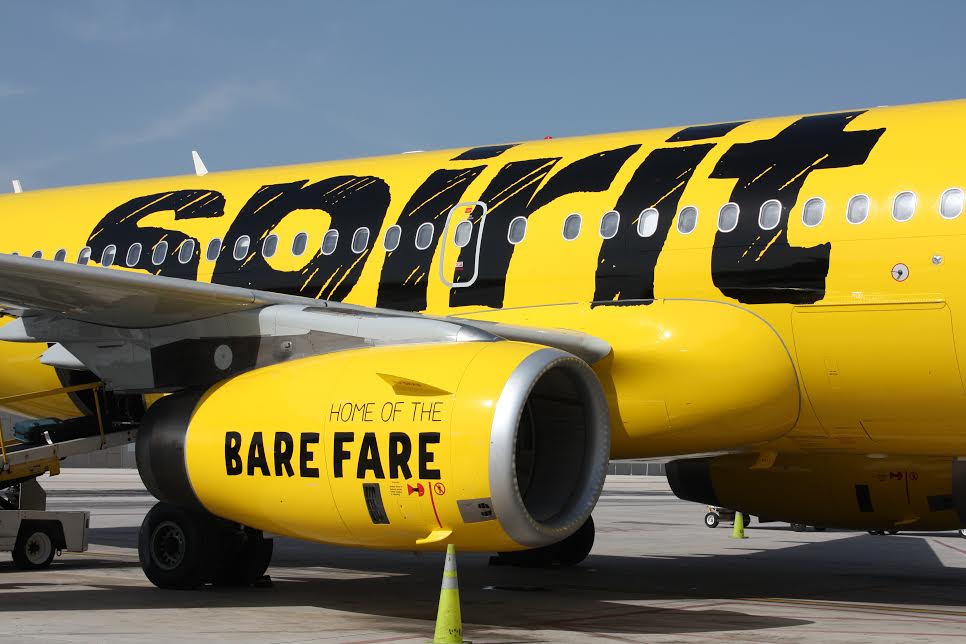If you and your friends/business associates are frequent flyers and connected on social media, no doubt you’ve had digital exchanges like this:
“Ugh. Just boarded three-hour flight … NO WI FI!!!!”
“If the wireless service on this flight was any slower, I’ll land before you see this.”
If you’re not flying first or business class, air travel can be a forgettable experience. Being able to stay connected while in the air is one of the few perks (even though you get charged for the privilege.
American Airlines has filed suit in a Texas district court claiming Gogo, its current Internet provider for in-flight Wi-Fi, doesn’t offer fast service. The airline is suing because its contract with Gogo says it can end the deal if it finds a service that is faster.
“After carefully evaluating the new technology and services in the marketplace, American has decided to exercise its rights under the Agreement and recently notified Gogo that ViaSat offers an in-flight connectivity system that materially improves on Gogo’s air-to-ground system,” the suit says.
U.S., Cuba Agree To Resume Commercial Flights
The return to normalcy between the United States and Cuba took another step Tuesday. The U.S. and Cuba signed an agreement that will allow daily commercial flights for the first time in more than 50 years.
Up to 110 daily flights to 10 different destinations in Cuba will be permitted under the deal.
The next step will be the easing on travel restrictions by U.S. tourists. Currently the U.S. Treasury Department has 12 categories that allow U.S. citizens to legally travel to the country located less than 90 miles from Florida.
Navy Continues Push For Unmanned Weapons
With self-driving cars becoming more of a reality, unmanned military weapons also are on the way. Unmanned drones already are carrying the fight and providing intelligence in the war on terror.
Despite criticisms, the Navy is pressing forward with plans to develop autonomous, unmanned systems both for the air and for the sea.
Secretary of Defense Ash Carter earlier this month confirmed that the research and development of “self-driving boats which can network together to do all kinds of missions, from fleet defense to close-in surveillance, without putting sailors at risk.”
Critics are warning that further R&D into unmanned weaponry could lead to “killer robots” being developed.
3D Printing Of Aircraft Parts Nearing Reality
The 3D printing technology is reaching the airline industry. One of the revelations at this week’s Singapore Airshow 2016 is that GE Aviation has plans to use 3D printing to manufacture aircraft parts.
Mr. Gopinath Logannathan, the firm’s director of product marketing, used an example of a fuel nozzle in an aircraft engine. Manufactured conventionally, it is a complicated part with 18 components. Logannathan also said such a part made from 3D printing could last up to five times longer.
Singapore has been the center of the emerging technology of 3D printing. (This links to the full story and also features a video news report from a local television station.
India Upset With U.S. Selling F-16s To Pakistan
Business is business, but when it involves national defense, politics and neighboring countries who don’t like each other, the business of selling military weapons can get sticky.
The United States approved the sale of eight F-16 fighters to Pakistan. Ostensibly the jets will aid Pakistan’s fight against terrorism. India, Pakistan’s neighbor, disagrees with that theory.
India’s External Affairs Ministry issued a statement that it believes Pakistan obtaining the military aircraft will give it a strategic edge in the region.
The deal is worth nearly $700 million and includes radar and electronic warfare equipment.

